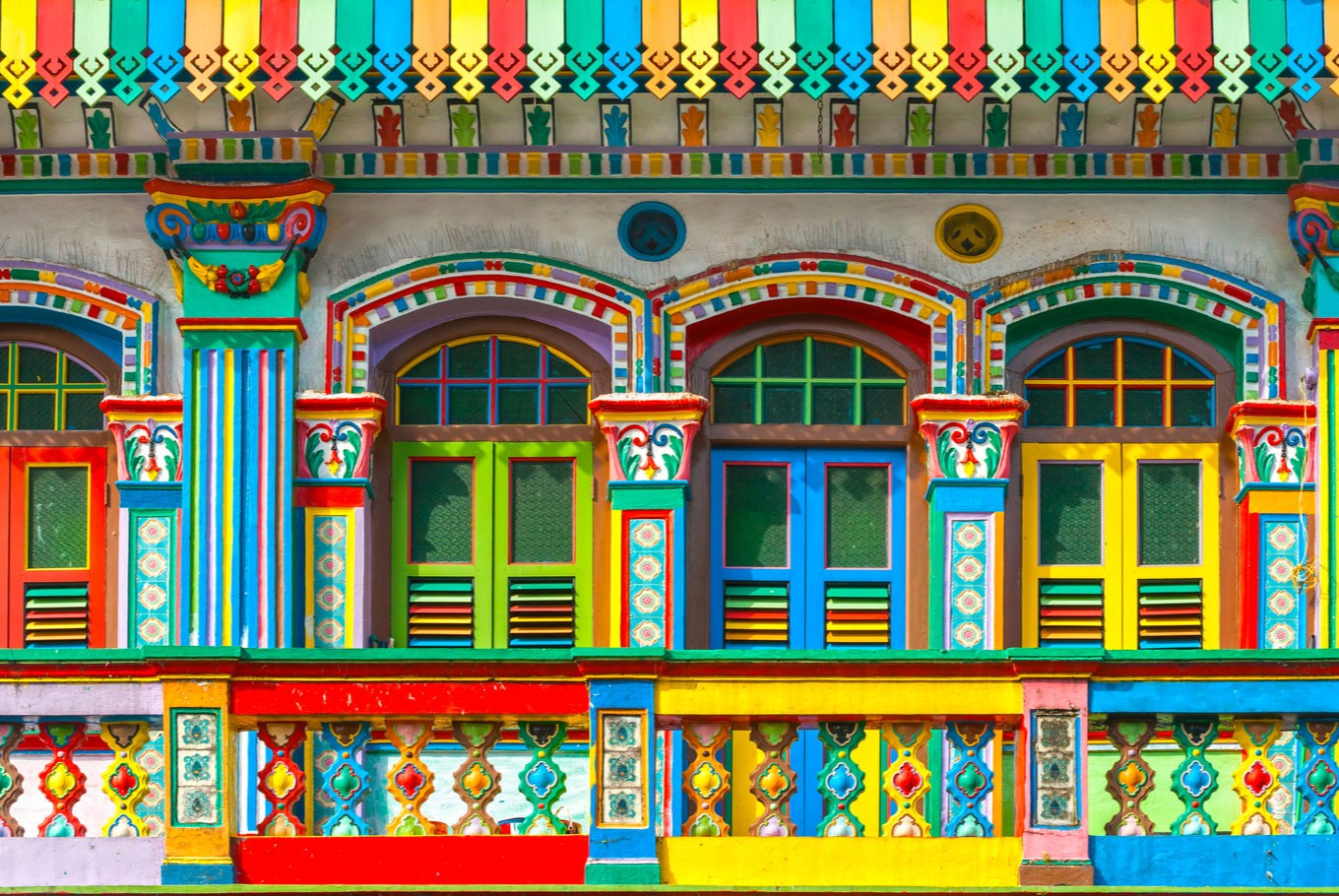Hidden Gems in Singapore
We are here to shine a light on Singapore's great secrets, such as old buildings, railway relics and tombs decked in Peranakan tiles. Can you hold a secret? Because we certainly can't.
Little India
Seawalls in East Coast
I’m intrigued with Singapore’s original coastline before the reclamation, and along East Coast you can still trace where it was. Along Marine Parade, you can find remnants of seawalls – some more than a century old – that were once at the edge of properties and the sandy beach.
Haw Par Villa
The lovely streamline-modern mansion was built in the 1930s by Tiger Balm magnates, Aw Boon Par and Aw Boon Haw. It was damaged in WWII and torn down. All that remains is the footprint and the stairs that once led to the home that boasted wonderful sea views.
Paul Revere Bell
Paul Revere was a famous American folk hero, best known for his midnight horse ride through the Massachusetts countryside in 1775 to warn American officials and troops that the British were coming. He was a silversmith and bell maker. Revere’s daughter, Maria Revere Balestier, lived in Singapore with her husband Joseph Balestier. She gifted a Revere bell to Singapore.
Wessex Estate
Once home to British officers, this elegant enclave of black-and-white colonial buildings is where a community of local artists now live, muse and create. You can tour their studios at the annual ArtWalk @ Wessex or make appointments with individual artists to have a gander around their workspaces at other times. Check out Dick Lim’s detailed works on canvas at d’Art Studio and Joyce Loo’s clay sculptures at JoyClay Studio & Gallery.
Ann Siang Hill Park
The lush trail begins at Telok Ayer Green and ends at Club Street, passing by historic landmarks such as Thian Hock Keng temple. Try to spot yellow rain, nutmeg and cinnamon trees along the meandering path. After that, enjoy a drink and the rest of the evening at one of the cool bars and eateries tucked in Ann Siang.



Comments
Post a Comment